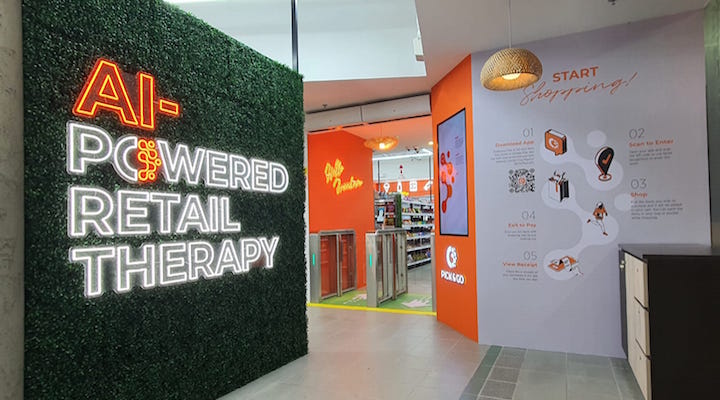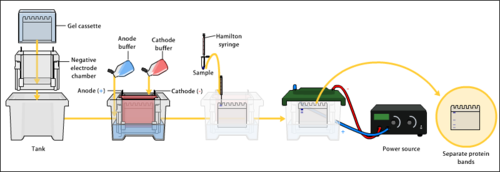Creating new breakthroughs by thinking without the box
ø

I often use the term “Thinking without the box”, something that leaves people puzzled so I decided to articulate a little bit more about this concept. It’s about inspiring brainstorming by reaching into the abyss of the deep unknown.
Many technological innovations were very much informed by experiences. That is, experiences that were shaped by our interactions with our environment. Early humans observed the flow of water bodies and decided to use water mill to harvest its energy. From this, it inspired the invention of the engine and sparked the development of a mechanical system made entirely out of gears, axles, wheels, etc.
Things might have turned out differently if the early human decided to focus first on other sources of energy, for e.g., sunlight, geothermal, etc and that might have given rise to a different type of mechanical system.
Let’s say, for example, instead of transmitting energy from engine to gears and axles, we might have inherited a system that depended on expansion and contraction for energy transmission. That might make a lot of differences to how we conceptualise future designs, shifting from ideas that depended largely on linear movement to maybe one that’s omni-directional in 2D.
Like some of you, I like to drive cars occasionally and I am always amazed when I take the steering wheel. Even till now, I still wonder why car design turned out the way it is. Why the steering wheel? Why the gear box? Why the car design?
Cars are generally shaped to be elongated so that it reduces wind drag in a single direction. Its wheel design is thus shaped to assist cars with bi-directional movements i.e., that are to move back and forth.
Who would have known, maybe, in another place with different environmental conditions, the early inhabitants might have focused their initial attention on harvesting other forms of energy which then inspired them to build things differently?
We might inherit a different type of car design, maybe one that spherical, triangular, etc? Why must everyone sit in the same cabin? Can’t it be individual vehicular pods that connect to each other mid-way for distribution of energy and to save energy for long distance travel, then disconnecting from body of connected vehicular pods when it is charged or no longer has the same travel path as the rest of the pods?
Maybe instead of having wheels, we might depend directly on the body shape of the vehicles for movement.
Why not?
So, what I am saying is, most of our innovations are inspired by early innovators’ experience with the environment, and it continually influences future concepts and designs.
You could think within the box or think outside the box, but somehow or rather, that particular box has some influence in how we think. To think without the box is to break free from existing ideas and underlying assumptions for breakthroughs.
One way to strengthen this type of mindset is to continually question why we innovate the way we do, why we create the way we do. Through deep introspective questioning, we would uncover the constraints that prevent us from shaping ground-breaking concepts.
Why these assumptions for mathematics? Why do our machines understand instructions in binary code? Why such propulsion systems? What if our first machines were developed to understand instructions in different spectrum of colours instead? Would data transmission be faster? Inspired a different type of computer system setup or changed the way how data are stored?
Who knows? But it’s entirely possible.
The thing is many of our innovations are built on past experience. These type of solutions or innovations may be useless for a business industry that may disappear in time to come.
Let’s be really radical with a thought experiment. What if people from the future no longer “see” time on a watch dial? Some revolutionary time keeping devices could change the way people prefer to keep track of time. Shifting their habit to listening to time instead? Or maybe visualising (think) time within their mind or in their contact lenses. Ok, let’s be really radical, what if people preferred to feel time or maybe even smell time?
Some might think it’s crazy to feel time or smell time.
Let’s take a step back if we think that this concept is ridiculous. Why do we even think that it is ridiculous? Could it be that we are too conditioned by our past experience of tracking time in numerical values, to the point that we can’t even consider other methods? Could this subconscious restraint prevent us from making new breakthroughs?
Let’s throw ourselves into a dramatically different future.
What if in the far future, the Sun expanded by so much that the sunlight has almost destroyed human’s physical vision and because of that, we had to depend on other sensory faculties to keep track of time?
Now, it doesn’t seem to be that crazy to read time by thinking, smelling, feeling or listening.
Doesn’t it?
So, a device that allows you to tell time by thinking, smelling, feeling or listening, wouldn’t do much good if it doesn’t have any traction with the buyers. Many new breakthroughs started out this way, with zero traction. That’s why we need a solid marketing and user experience plan that builds adoption steadily, in order to disrupt an existing business.


